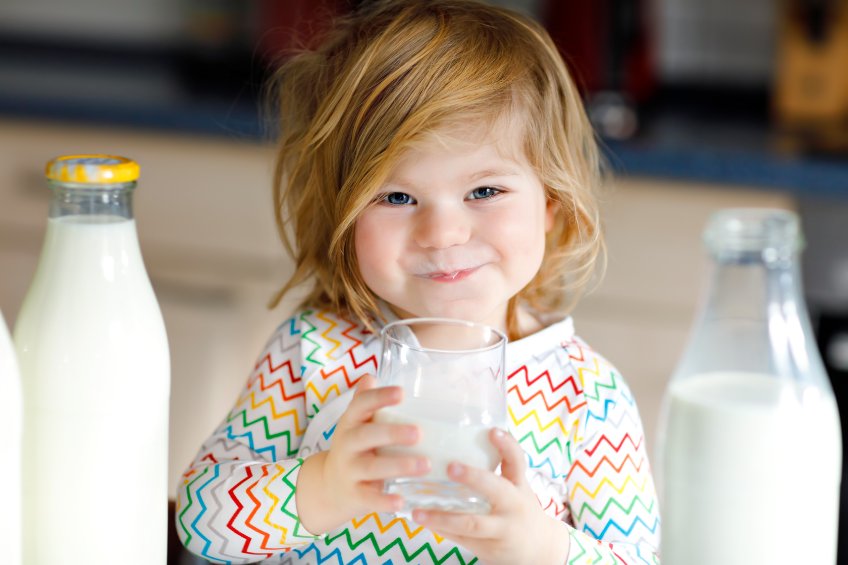
Do you know the difference between different types of milk?
People answer!
Know what you are serving and drinking!
Whole, semi-skimmed and skimmed milk: these denominations define properties such as fat content and nutritional value.
Pasteurized milk, powdered milk and long life: define processing methods.
Leite Integral
Whole milk it does not go through any fat removal process, being consumed, therefore, with most of its original nutritional characteristics. It is an excellent source of calcium and protein. It must contain at least 3% fat.
Skimmed milk
Skimmed milk has a greater reduction in fat content than semi-skimmed milk, but it preserves good amounts of protein, calcium and carbohydrates found in all versions of the drink. Maintains the same calcium and protein content. Skimmed milk has a maximum fat content of 0.5%. This milk is recommended for people who need to eat even less fat to lose weight or because of blood problems.
Semi-skimmed milk
This milk is the closest to the whole composition, preserving the flavor of the milk fat. It has a lower fat content (from 0.6 to 2.9%). It is indicated for those who want to eat less fat to reduce weight with high cholesterol.
Pasteurized Milk
Pasteurized milk is milk that has undergone heat treatment. The process consists of heating to a temperature of 72 to 75 degrees centigrade for 15 to 20 seconds, and cooling to a temperature of 2 to 5 degrees centigrade, and then being bottled. The objective is to destroy disease-causing micro-organisms, but maintains the bacteria that are good for digestion, such as lactobacilli.
Long life milk (UHT)
The long-life milk, in the process, is subjected to high temperatures and reaches 150 degrees centigrade in a few seconds. Eliminates virtually all micro-organisms – even harmless bacteria. A process that increases shelf life. There is no need to add preservatives to a UHT treated product as there are no microorganisms growing. Aseptic containers also protect the product from air and light, thus protecting product quality.
Powdered milk
Powdered milk is made from the dehydration of milk, hence its longevity is extended. To extract the water, which makes up about 90% of the milk mass, the factories make it evaporate in a slow process, which maintains the product’s proteins. 1 kg of powdered milk, mixed with water, yields 6 to 7 liters of recombined milk.
The first information about powdered milk it’s from the 18th century, when the inhabitants of Eastern Siberia froze milk and thus obtained a powder.
See the recipe for almond, chestnut, quinoa and oat milk.
Source: https://www.receitasdemae.com.br/receitas/diferencas-entre-os-tipos-de-leites/


